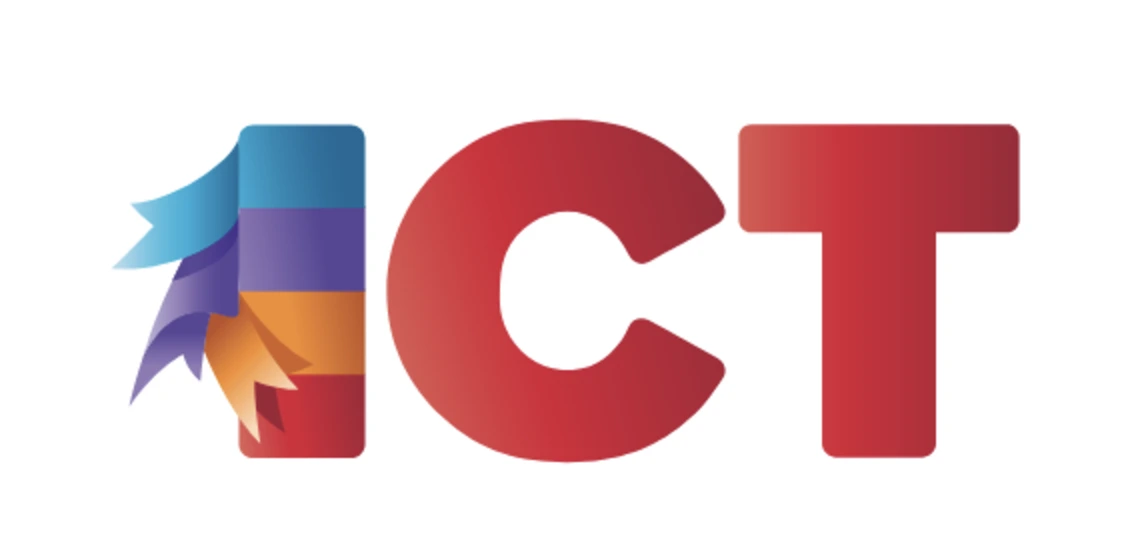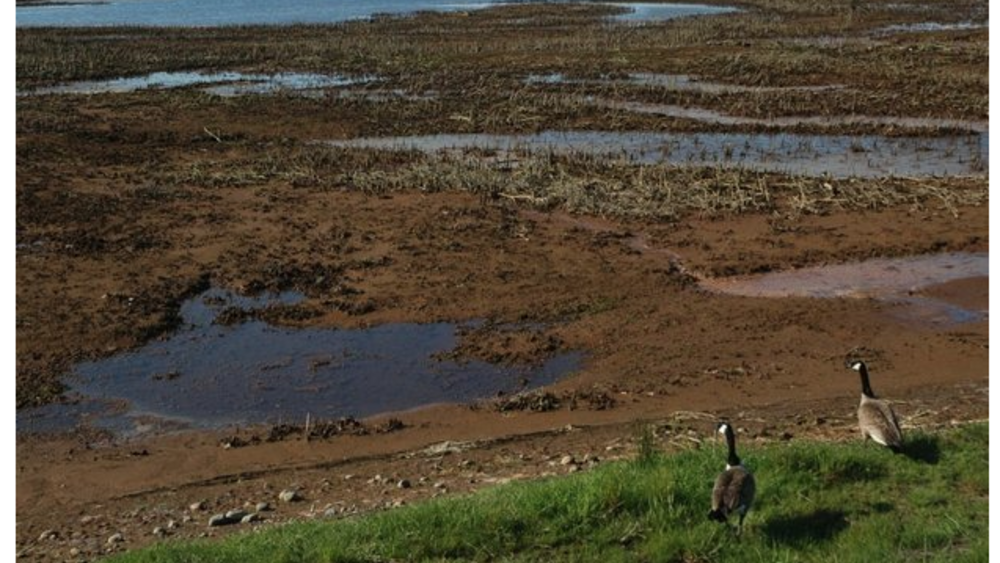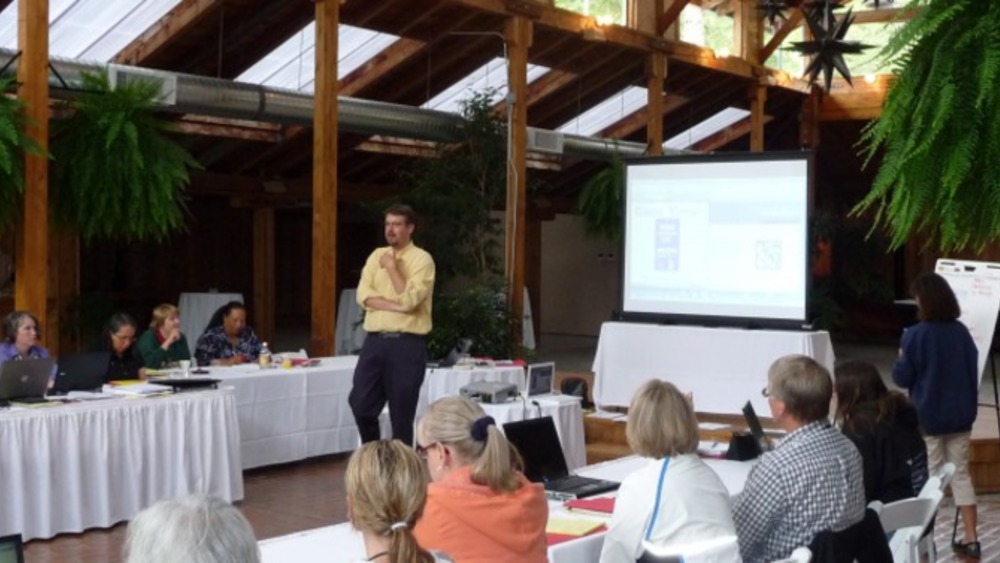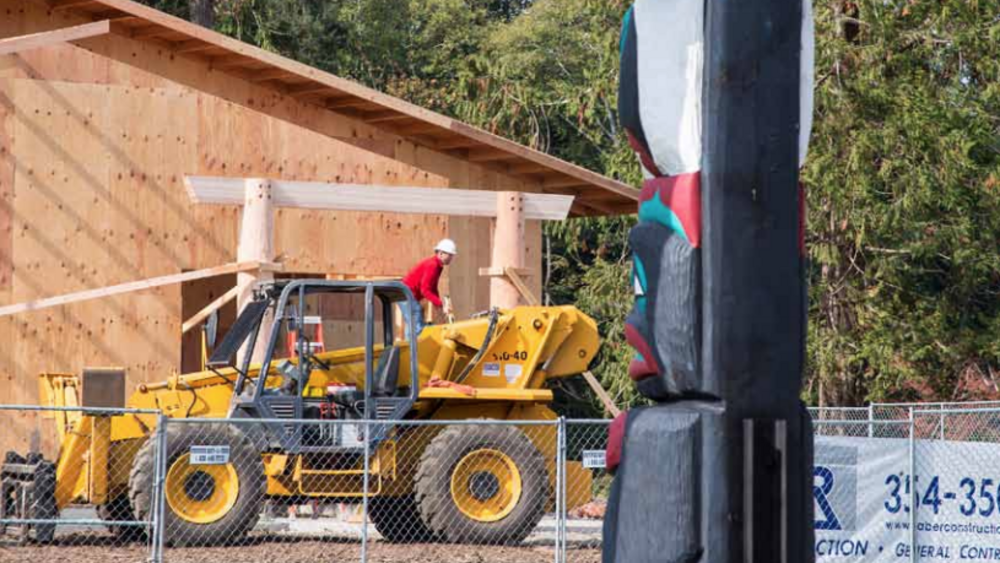As the holidays kick in and people start looking ahead to the coming year, it is only fitting to acknowledge the leaders who will take Indian country into the future. Last month we brought you five Native leaders who are protecting rights, exercising sovereignty, building intercultural bridges and meeting future energy needs, among other accomplishments.
Now we bring five more who are rocking the world with their forward-thinking, innovation and their sense of social justice. With 29 of the 566 federally recognized indigenous nations located in what is now Washington State, the Evergreen State is a hotbed of visionary ideas...
Additional Information
Walker, Richard. "5 More Native American Visionaries in Washington State." Indian Country Today Media Network. Article. (https://ictnews.org/archive/5-more-native-american-visionaries-in-washington-state, accessed February 22, 2023)




